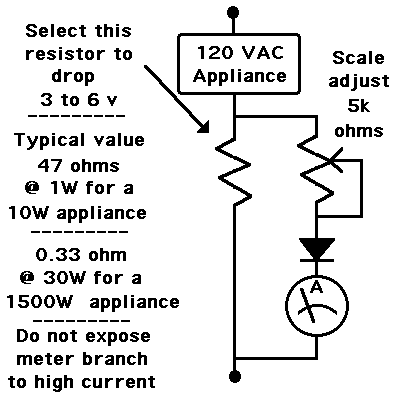someperson
Newbie level 4

Hi guys,
I bougth a hakko 907 clone, and I'm trying to meassure resistance of it's heater element.
For this I have a (not center tapped, single output) transformer giving me 24V @ 3A.
The goal is (to learn) and to keep a temperature as constant as possible in order to take readings of it's sensor's resistance, such that I can make a profile out of them; yes, my goal really is to make a soldering station.
While I can use AC or DC for the heating element, my best guess is that it would be eassier to use DC and a mosfet as switch, I might be wrong, but in either case, it would be nice if I could meassure resistance of the heating element no matter if it's on or off. That would allow finer control over it's temperature.
I guess a voltage divider should hang off the final switching device, perhaps with an opamp acting as a voltage follower or something.
While I've done small things with microcontrollers (atmegas mostly), I'm not an expert on electronics, and much less when it comes to analog.
So it would be really appreciated if somebody could give me a kick off, some starting point or hints.
Regards!
I bougth a hakko 907 clone, and I'm trying to meassure resistance of it's heater element.
For this I have a (not center tapped, single output) transformer giving me 24V @ 3A.
The goal is (to learn) and to keep a temperature as constant as possible in order to take readings of it's sensor's resistance, such that I can make a profile out of them; yes, my goal really is to make a soldering station.
While I can use AC or DC for the heating element, my best guess is that it would be eassier to use DC and a mosfet as switch, I might be wrong, but in either case, it would be nice if I could meassure resistance of the heating element no matter if it's on or off. That would allow finer control over it's temperature.
I guess a voltage divider should hang off the final switching device, perhaps with an opamp acting as a voltage follower or something.
While I've done small things with microcontrollers (atmegas mostly), I'm not an expert on electronics, and much less when it comes to analog.
So it would be really appreciated if somebody could give me a kick off, some starting point or hints.
Regards!





